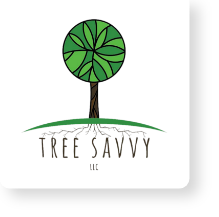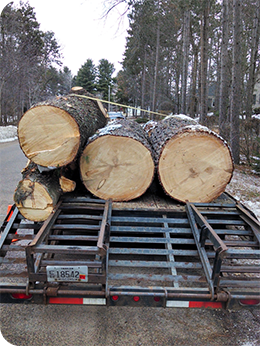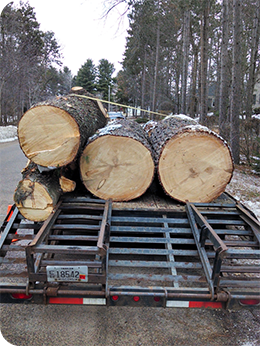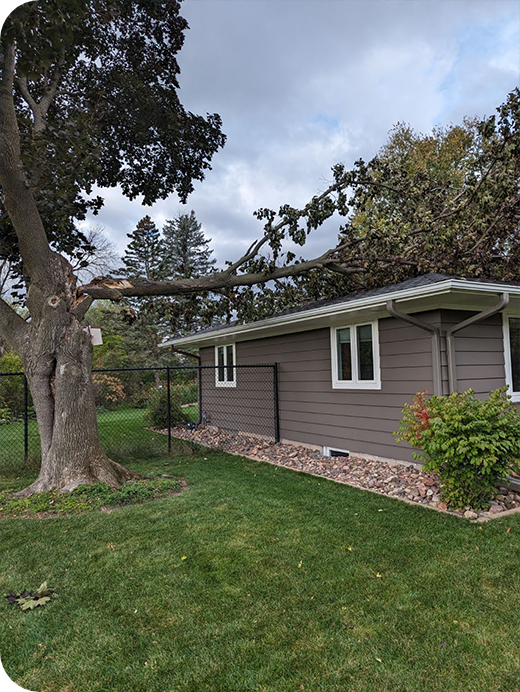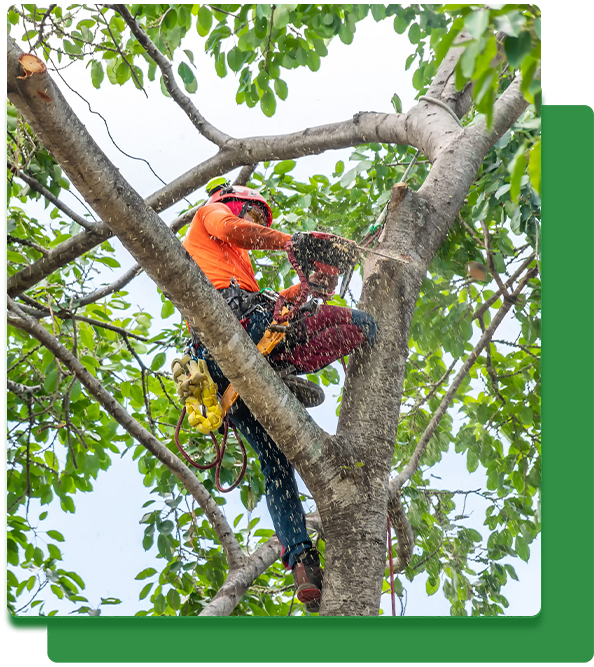
Pruning
Trees are out of place in our urban setting, away from their historic norms which dictate their growth habits. In their natural forested settings, trees compete against one another for sunlight and growing space. A tree’s goal in this environment is to grow rapidly to the top of the forest canopy while producing wide-angled lateral branches with the intent of shading out the understory competition. By doing so, the branches are attached to the stem of the tree at angles often exceeding 60° enabling the tree to withstand higher wind speeds and loads.
In the urban setting, trees are most commonly planted in open spaces, free from natural competition. This, along with standard nursery tree pruning practices, allows for the tree to grow wildly and develop a poor, weakened form which is often hazardous. Proper tree management begins at planting and continues with recurring, proper pruning – we focus on ensuring the trees in our urban forest thrive rather than simply survive. A green, healthy-looking tree does not equate to a safe, structurally sound tree.
Trees that are grown in the nurseries are provided a “heading cut” removing the terminal (top-most) bud on the tree which regulates the development of the lateral branches; the result of the heading cut provides the aesthetically pleasing, “full” look to the tree. Those who plant trees commonly plant the tree and aid in its establishment, then turn away and contact an arborist once a problem has been acknowledged. We at Tree Savvy care about the maintenance of the trees in our urban forest and aim to establish pruning plans to encourage the trees to mimic their natural form found in the forest.
The most important pruning objective for any species of tree is to correct and maintain its form: lifting the canopy for clearance of structures, walkways, and roads; development and management of proper branch attachments; and the removal or mitigation of hazardous unions such as codominant stems which are prone to breaking. With a recurring pruning plan, we can reduce the concerns that the tree owners often worry about, enabling the tree to reach maturity and provide all the great benefits that trees offer our communities. Have a Tree Savvy Arborist assess your tree to look for pruning options before removal!
